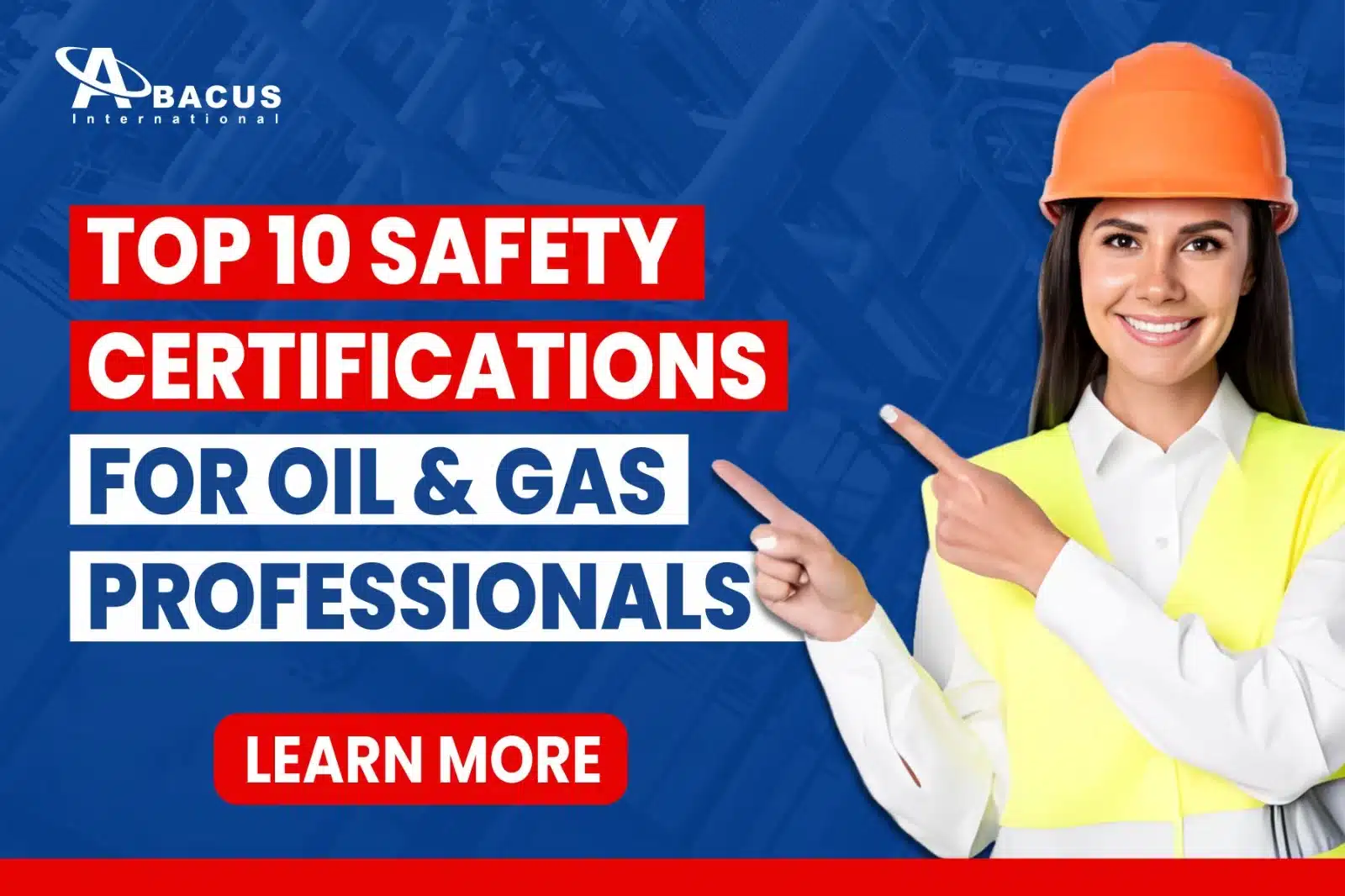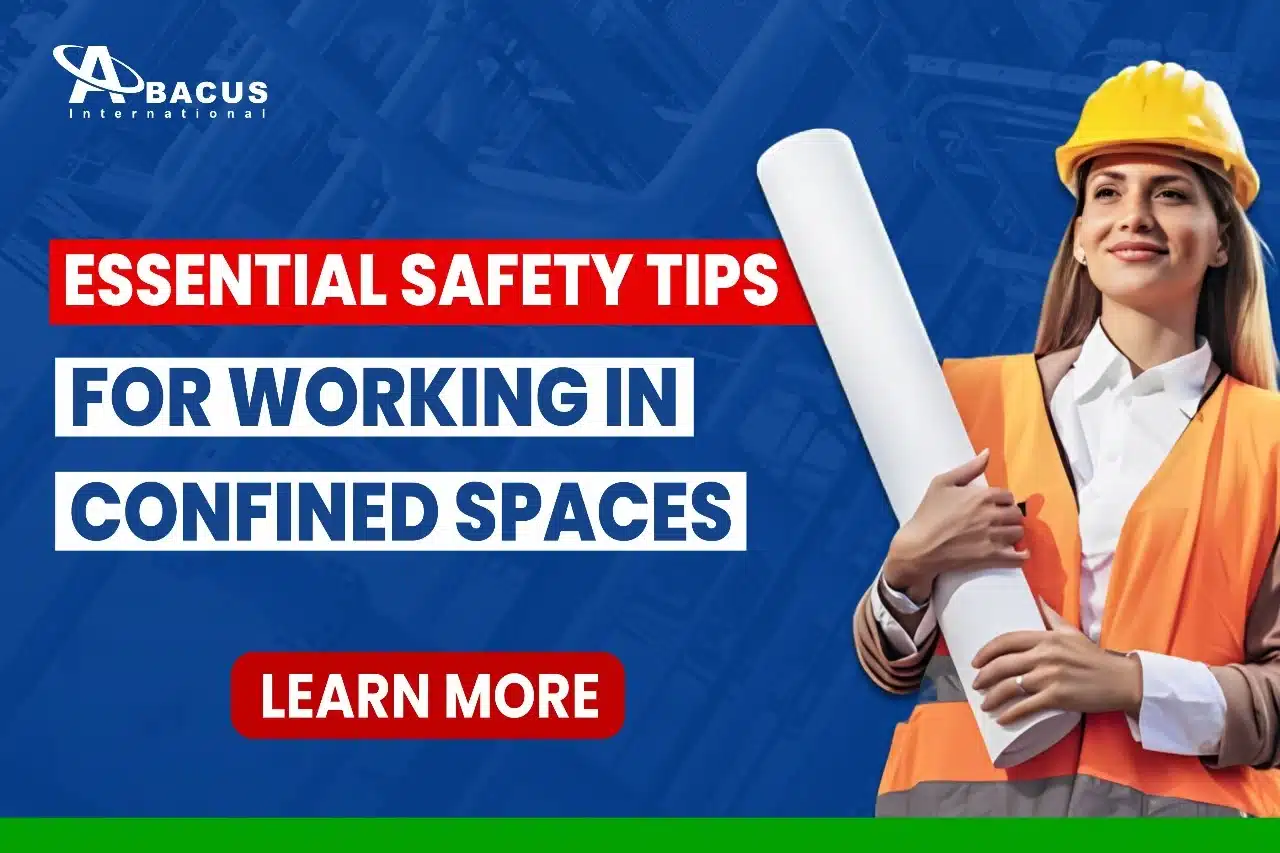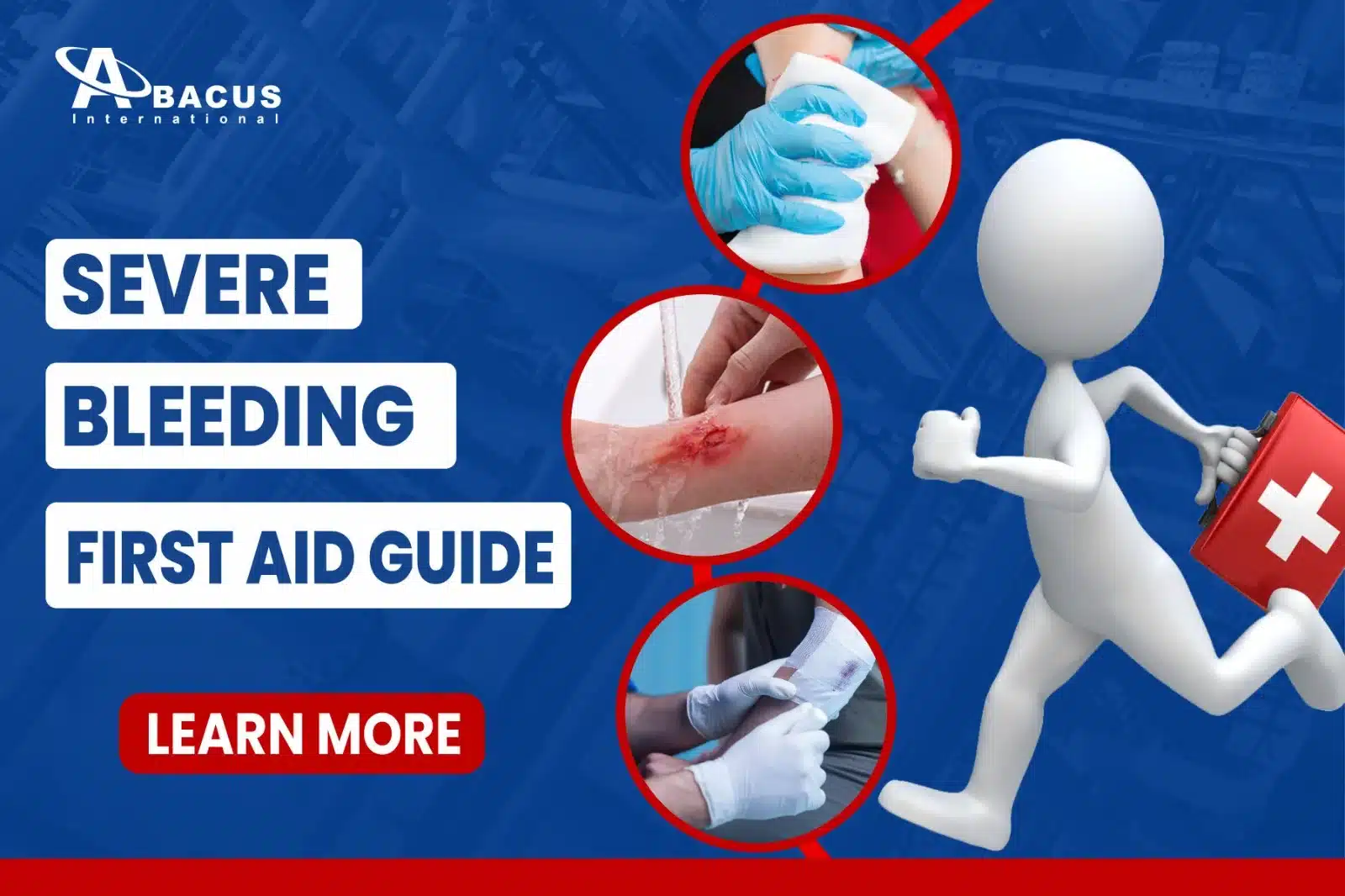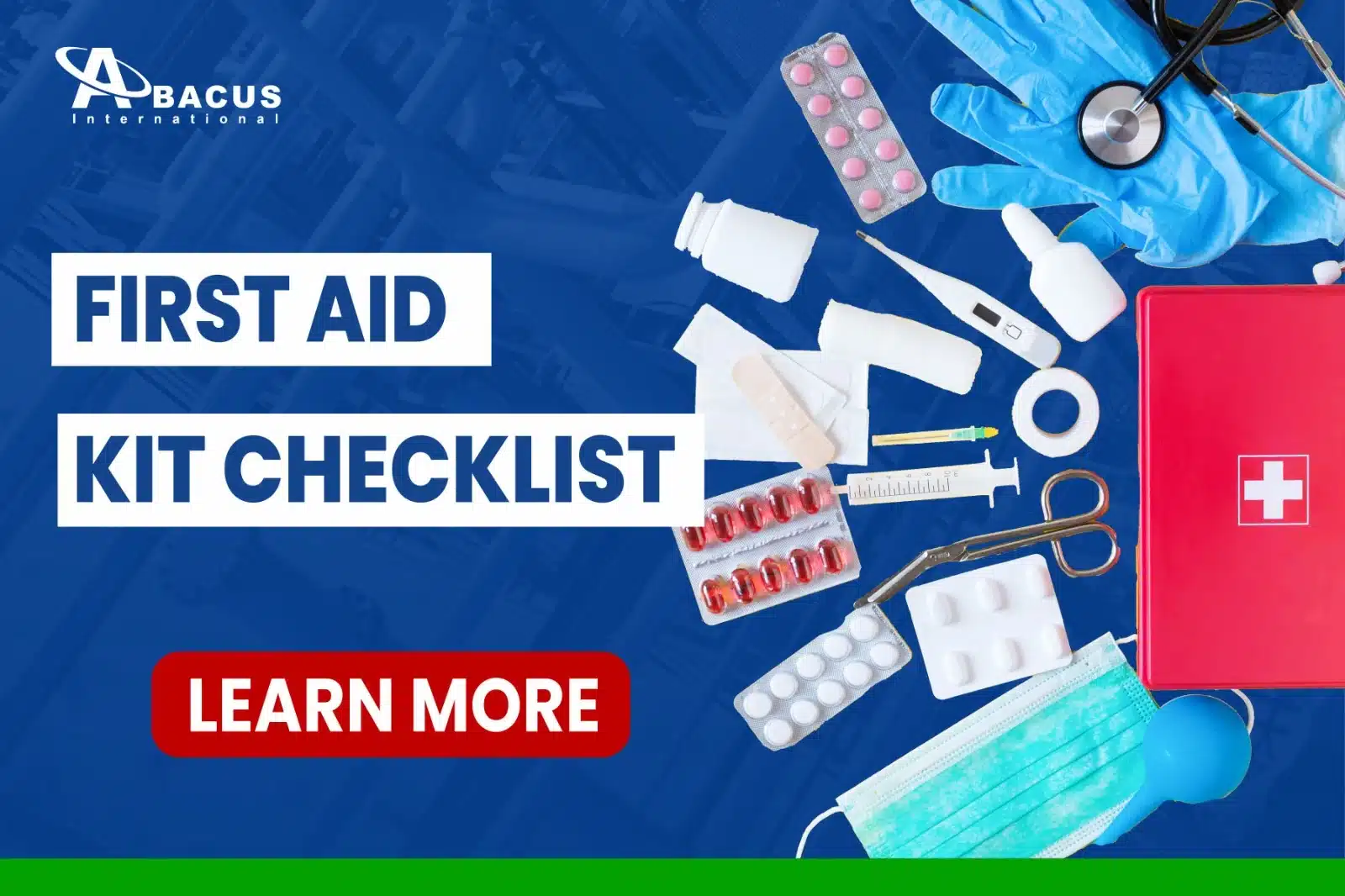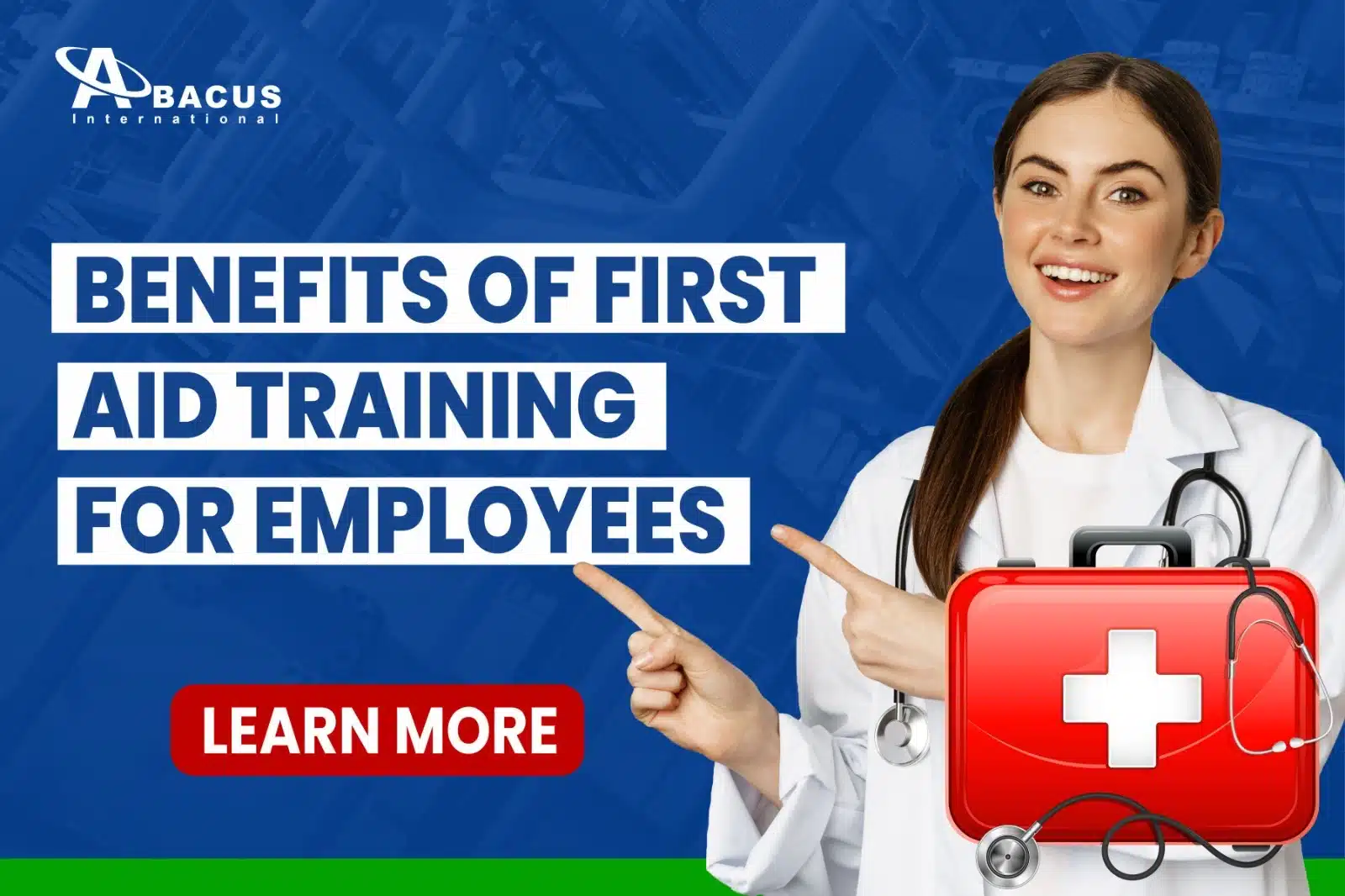Uprade your employees skills with
Confined Space Entry Training
Make Safe enter, work in , and exit
Reduce stress levels at work and at home
Enquiry Form
Our learning adviser will call you soon.
Introduction
A confined space is a small or enclosed area with limited entry and exit points. Confined spaces such as pipeline, tanks, and underground vaults, where workers may face risks like poor ventilation, toxic gases, or restricted movement. confined space safety training is essential to prevent accidents and ensure industry compliance. Research shows that proper confined space safety training reduces incidents by up to 60%, ensuring compliance with OSHA and local regulations in 2025.
Abacus International is best institute for confined space entry training in Lahore, Islamabad, and Karachi, equips participants with hazard assessment, emergency response, and PPE mastery. Our programs empower professionals to reduce risks, save lives, and adopt a culture of safety.
Personalized training solutions are just a call away—contact us at +92 331 5277400 for more information.
Learning Objectives
Confined space entry training course in Lahore, Islamabad & Karachi, Pakistan aims to help participants to achieve the following objectives:
- Understanding Confined Spaces
- Recognizing Potential Hazards
- Regulatory Compliance and Legal Requirements
- Permit-to-Work System
- Personal Protective Equipment (PPE) Usage
- Atmospheric Testing and Monitoring
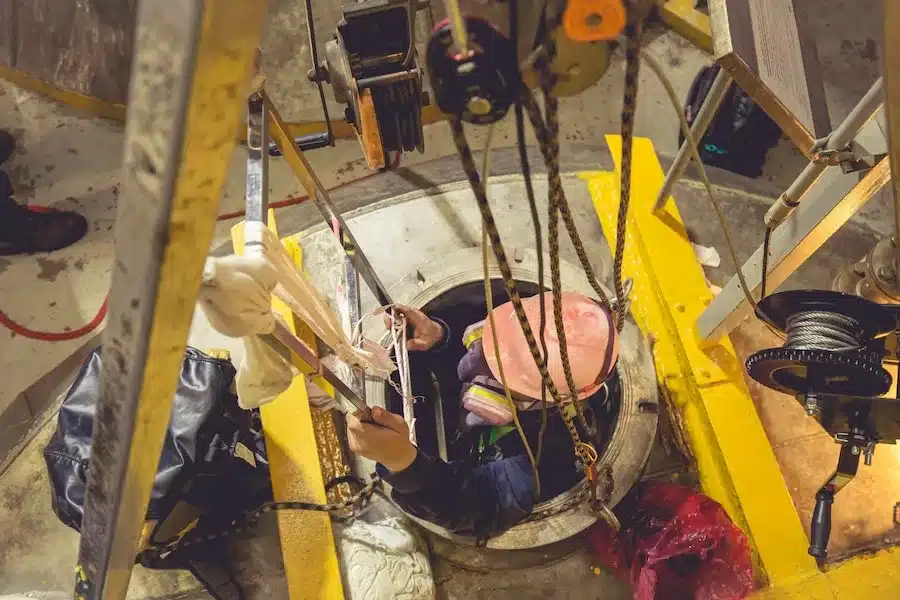
Learning Objectives

Confined space entry training course in Lahore, Islamabad & Karachi, Pakistan aims to help participants to achieve the following objectives:
- Understanding Confined Spaces
- Recognizing Potential Hazards
- Regulatory Compliance and Legal Requirements
- Permit-to-Work System
- Personal Protective Equipment (PPE) Usage
- Atmospheric Testing and Monitoring

Course Outline
This is just for your reference. Abacus International have the expert team/ expertise to customize it according to your requirements.
The following topics are covered in the confined space entry course:
- Module 1: Introduction to Confined Spaces
- Module 2: Hazard Identification
- Module 3: Air Quality Monitoring & Ventilation Strategies
- Module 4: PPE Mastery (Harnesses, Respirators, Gas Detectors)
- Module 5: Emergency Rescue Planning & Drills
- Module 6: Permit-to-Work Systems & Compliance
- Module 7: Practical Simulations & Incident Case Studies
Course Outline

This is just for your reference. Abacus International have the expert team/ expertise to customize it according to your requirements.
The following topics are covered in the confined space entry course:
- Module 1: Introduction to Confined Spaces
- Module 2: Hazard Identification
- Module 3: Air Quality Monitoring & Ventilation Strategies
- Module 4: PPE Mastery (Harnesses, Respirators, Gas Detectors)
- Module 5: Emergency Rescue Planning & Drills
- Module 6: Permit-to-Work Systems & Compliance
- Module 7: Practical Simulations & Incident Case Studies
Learning Outcome
After completing confined space entry training in Lahore, Islamabad & Karachi, Pakistan participants will have learned to:
- Identify hazards like oxygen deficiency or flammable atmospheres.
- Conduct risk assessments aligned with OSHA and Punjab HSE guidelines.
- Operate PPE (gas detectors, SCBA) and communication tools effectively.
- Execute rescue plans to prevent fatalities during emergencies.
- Document safety protocols and improve workplace audits.
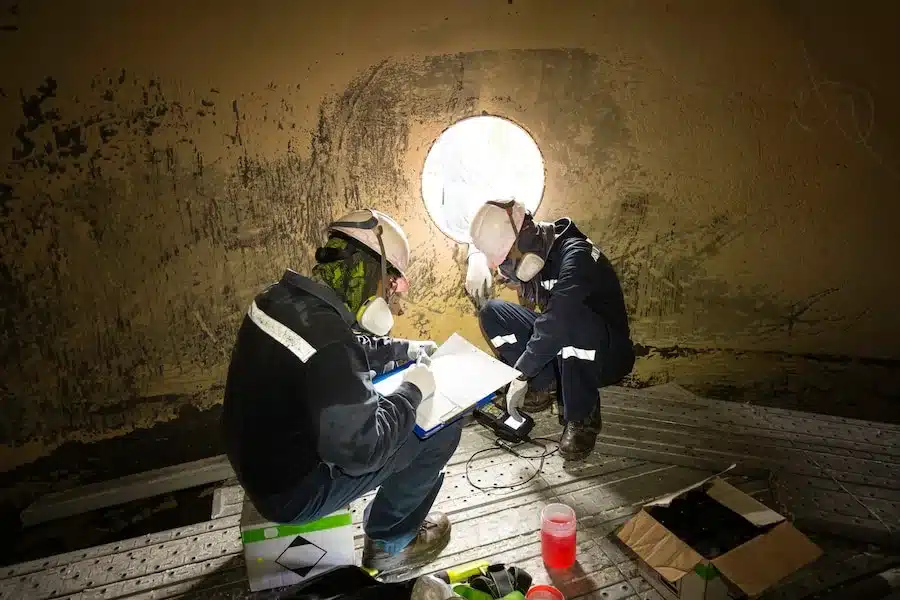
Learning Outcome

After completing confined space entry training in Lahore, Islamabad & Karachi, Pakistan participants will have learned to:
- Identify hazards like oxygen deficiency or flammable atmospheres.
- Conduct risk assessments aligned with OSHA and Punjab HSE guidelines.
- Operate PPE (gas detectors, SCBA) and communication tools effectively.
- Execute rescue plans to prevent fatalities during emergencies.
- Document safety protocols and improve workplace audits.
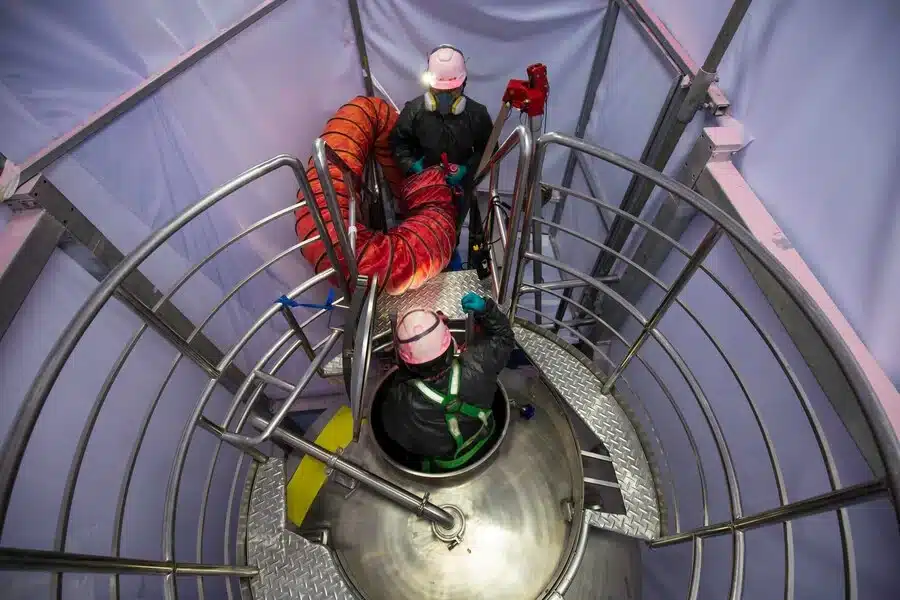
Benefits of Confined Space Training
Confined space safety training offers many advantages for organizations and individuals including:
For Individuals:
- Recognize and reduce confined space hazards.
- Learn to use protective gear and breathing apparatus.
- Learn lifesaving skills for rescue and first aid.
- Certification improves job prospects and earning potential globally.
For Organizations:
- Minimize the risk of injuries and fatalities.
- Archive 100% compliance with industry & international safety law.
- Trained employees for working more efficiently and safely.
- Fewer incidents lead to lower insurance expenses.
Benefits of Confined Space Training

Confined space safety training offers many advantages for organizations and individuals including:
For Individuals:
- Recognize and reduce confined space hazards.
- Learn to use protective gear and breathing apparatus.
- Learn lifesaving skills for rescue and first aid.
- Certification improves job prospects and earning potential globally.
For Organizations:
- Minimize the risk of injuries and fatalities.
- Archive 100% compliance with industry & international safety law.
- Trained employees for working more efficiently and safely.
- Fewer incidents lead to lower insurance expenses.
Don’t Risk Lives—Act Today!
Enhance your knowledge and safety skills with our Confined Space Entry Training. Learn essential techniques, hazard prevention, and emergency response to ensure a secure work environment.

Who is this qualification for?
The confined space safety training is critical for professional’s work in high-risk industries, including:
- Oil & Gas Technicians
- Wastewater Management Teams
- Safety Officers & Emergency Responders
- Industrial Maintenance Crews
- Construction Supervisors & Contractors
- Anyone entering/performing work in confined spaces

Who is this qualification for?

The confined space safety training is critical for professional’s work in high-risk industries, including:
- Oil & Gas Technicians
- Wastewater Management Teams
- Safety Officers & Emergency Responders
- Industrial Maintenance Crews
- Construction Supervisors & Contractors
- Anyone entering/performing work in confined spaces

Delivery Method
We deliver confined space training with dedication. Our training approach combines online & classroom based instruction with practical training (as per the client’s requirements). This includes
- PowerPoint presentations
- Animated videos
- Case studies
- Q & A sessions
- Role-playing
- One-to-one interaction
Abacus International is one of the top leading confined space training institute in Lahore, Islamabad & Karachi, Pakistan. Our internationally certified trainers having experience in multidimensional industries know well to keep the audience engaged throughout the learning. Contact us to learn more about the course.
Delivery Method

We deliver confined space training with dedication. Our training approach combines online & classroom based instruction with practical training (as per the client’s requirements). This includes
- PowerPoint presentations
- Animated videos
- Case studies
- Q & A sessions
- Role-playing
- One-to-one interaction
Abacus International is one of the top leading confined space training institute in Lahore, Islamabad & Karachi, Pakistan. Our internationally certified trainers having experience in multidimensional industries know well to keep the audience engaged throughout the learning. Contact us to learn more about the course.
Training Duration
There is no specified duration. It can be customized as per customer needs. A successful custom training programme includes specific learning objectives and a well-defined plan for how it will be organized and delivered to achieve those objectives.
We can manage and customize the content and the context in which it is presented to learners. Content customization will make it to fit specific organizational learning objectives and use key performance indicators (KPIs) to determine what its employees need to succeed.
There are various ways to customize how the training should be delivered, including:
- Study Mode
- Duration
- Language

Training Duration

There is no specified duration. It can be customized as per customer needs. A successful custom training programme includes specific learning objectives and a well-defined plan for how it will be organized and delivered to achieve those objectives.
We can manage and customize the content and the context in which it is presented to learners. Content customization will make it to fit specific organizational learning objectives and use key performance indicators (KPIs) to determine what its employees need to succeed.
There are various ways to customize how the training should be delivered, including:
- Study Mode
- Duration
- Language
Why Choose Abacus?
5+ Years of Service
Certified Trainers
Boost Companies's Performance
Supportive Team
Abacus International Training & Consultancy is the top leading institute for confined space safety training in Lahore, Islamabad & Karachi, Pakistan. Abacus International as a leading Training and consultancy company on boards an immense team of internationally certified experienced trainers and consultants. Our expert team makes customize solutions for specific business needs which also comply international standards.
Abacus International offers Multiple:
Feel Free to Contact
Any Question?
Get answers to your Queries Right Away
We've Worked With Amazing Companies
- POWER & CEMENT
- TEXTILE & FERTILIZER
- ENGINEERING & STEEL
- IT AND ACADEMIA
- CHEMICAL & OIL
- RETAIL

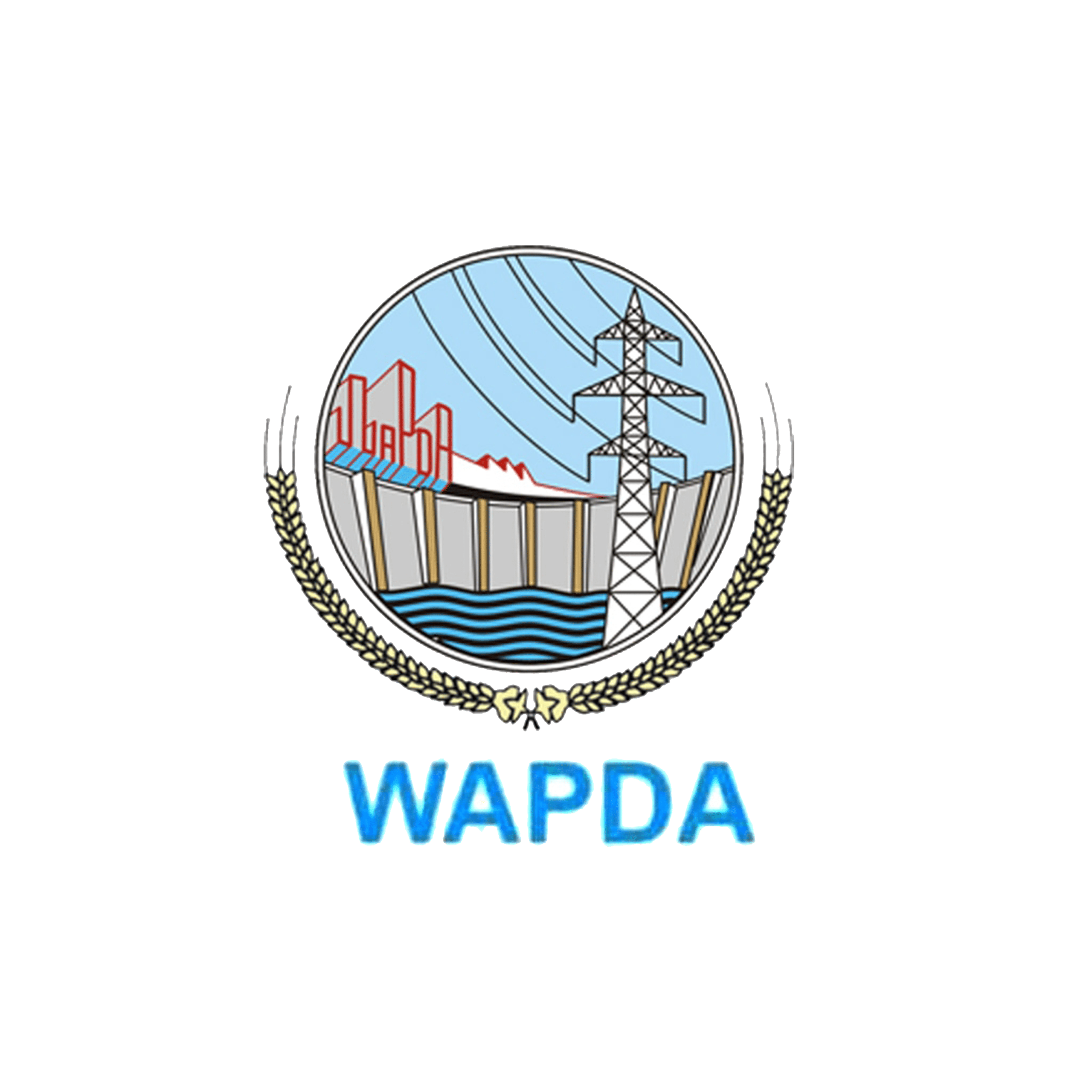

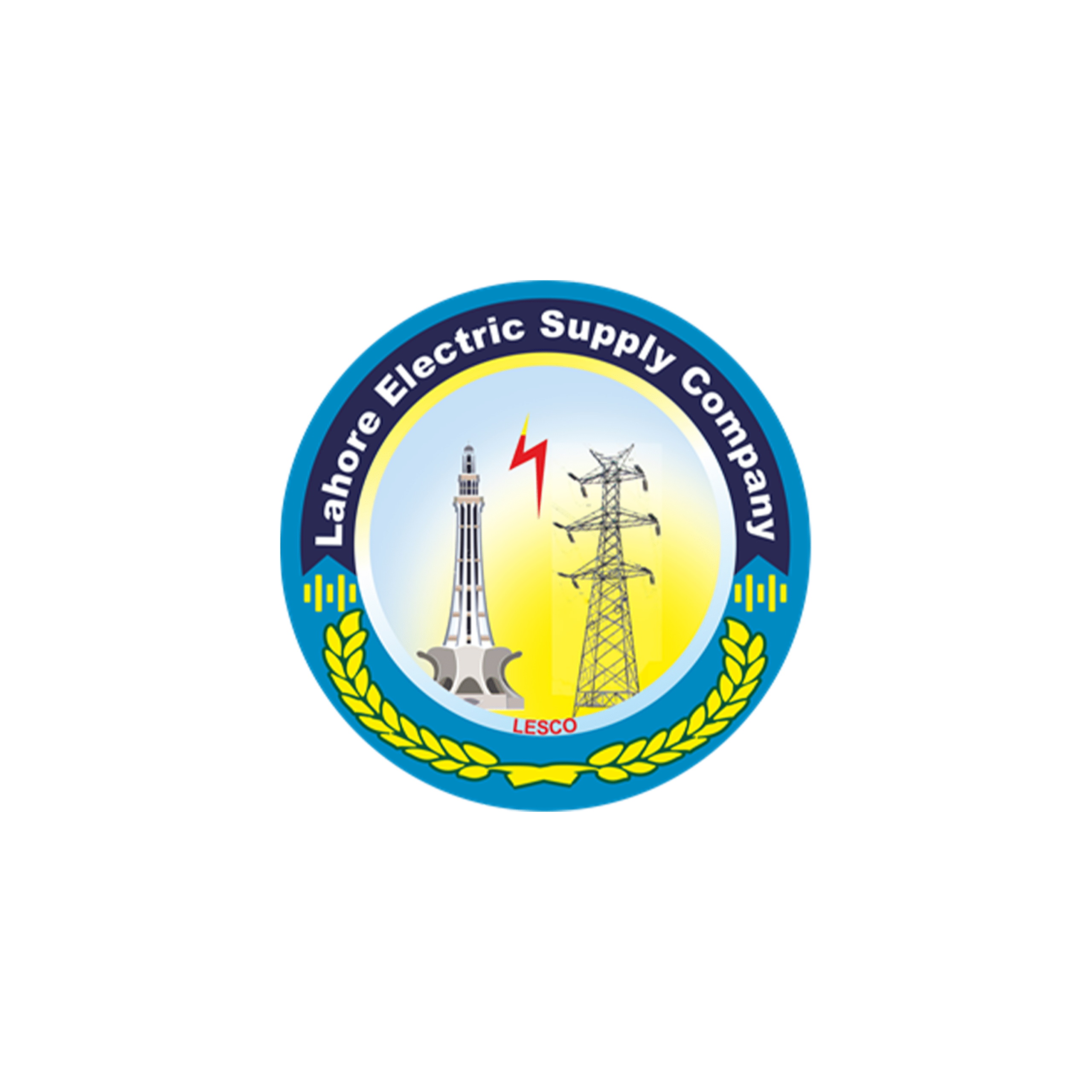


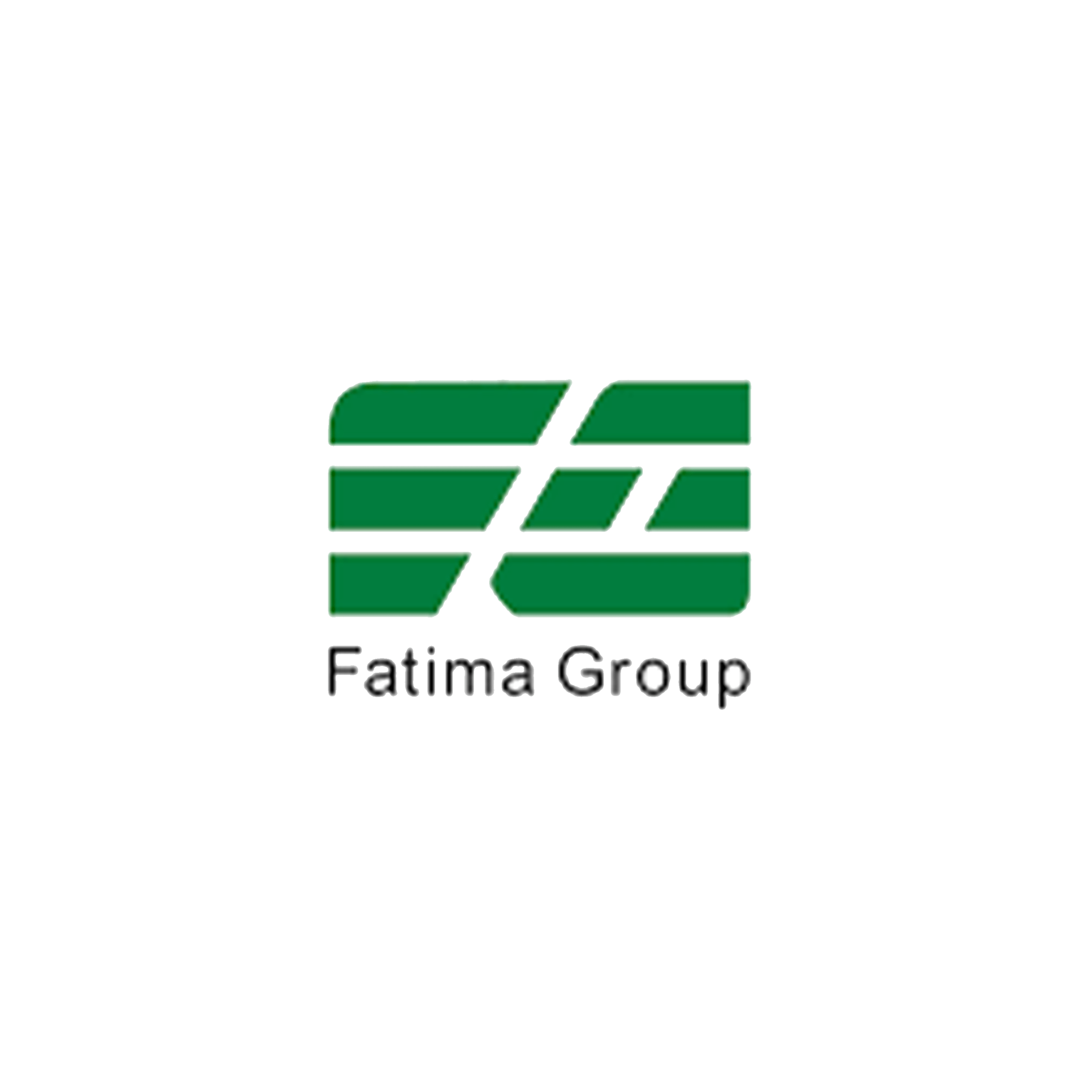








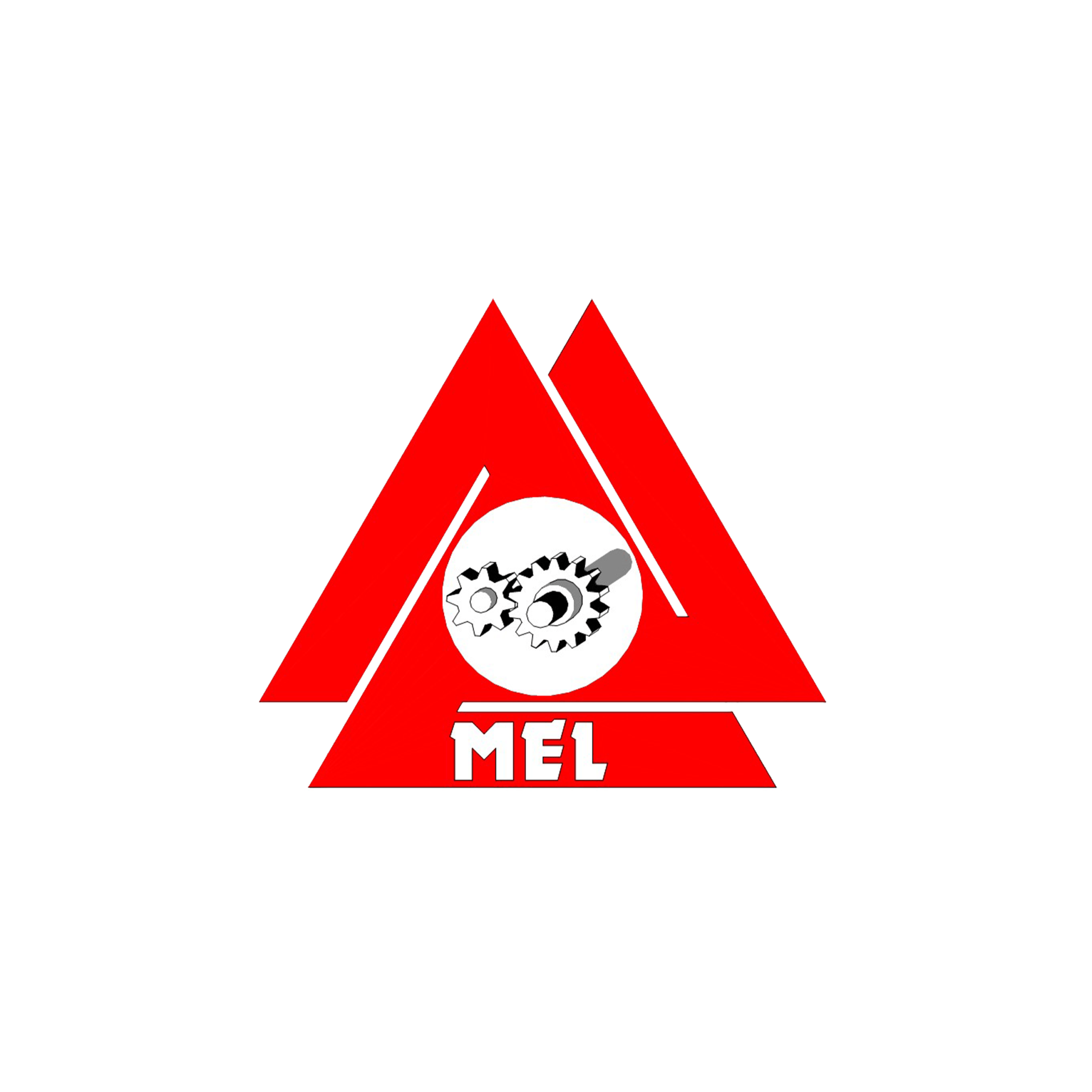









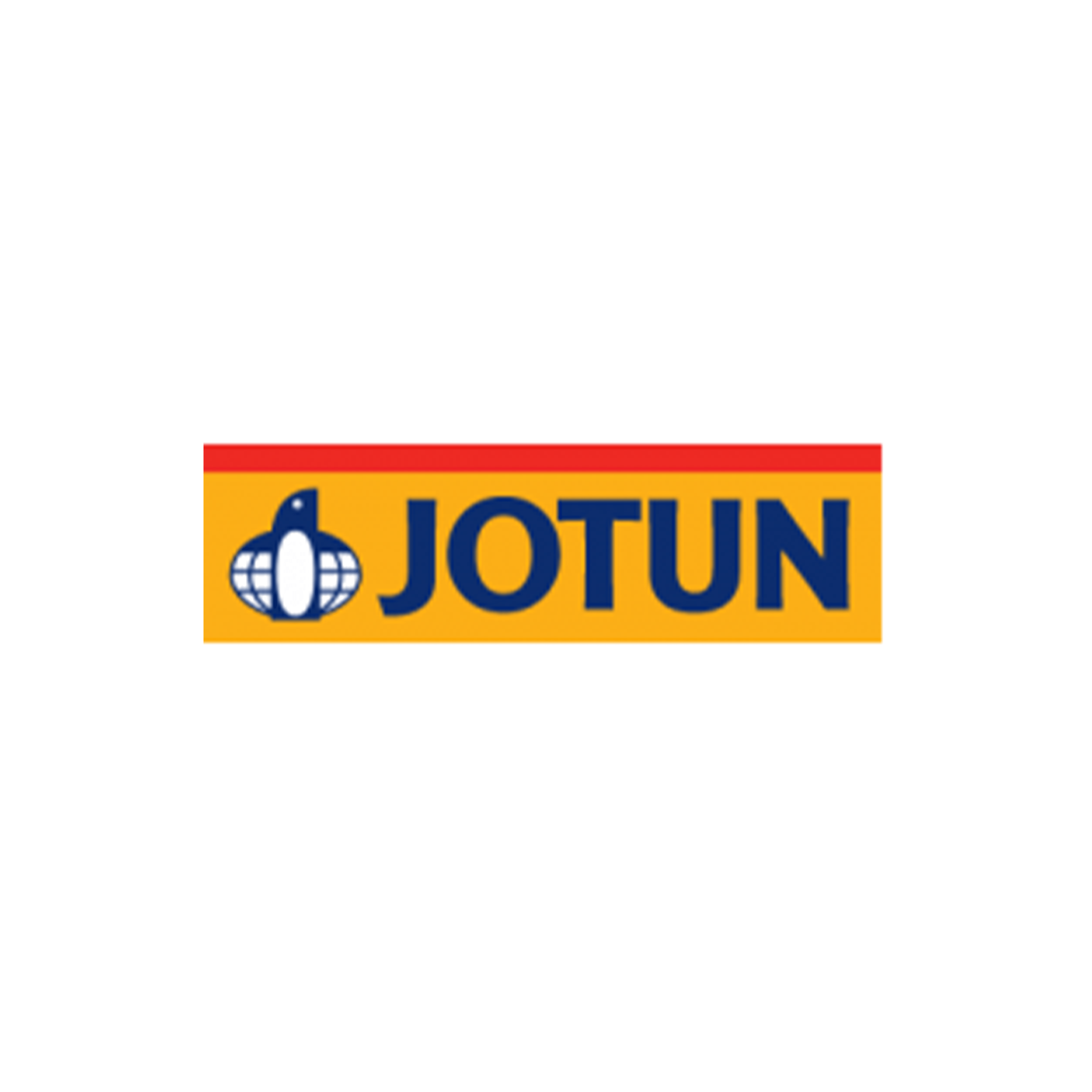

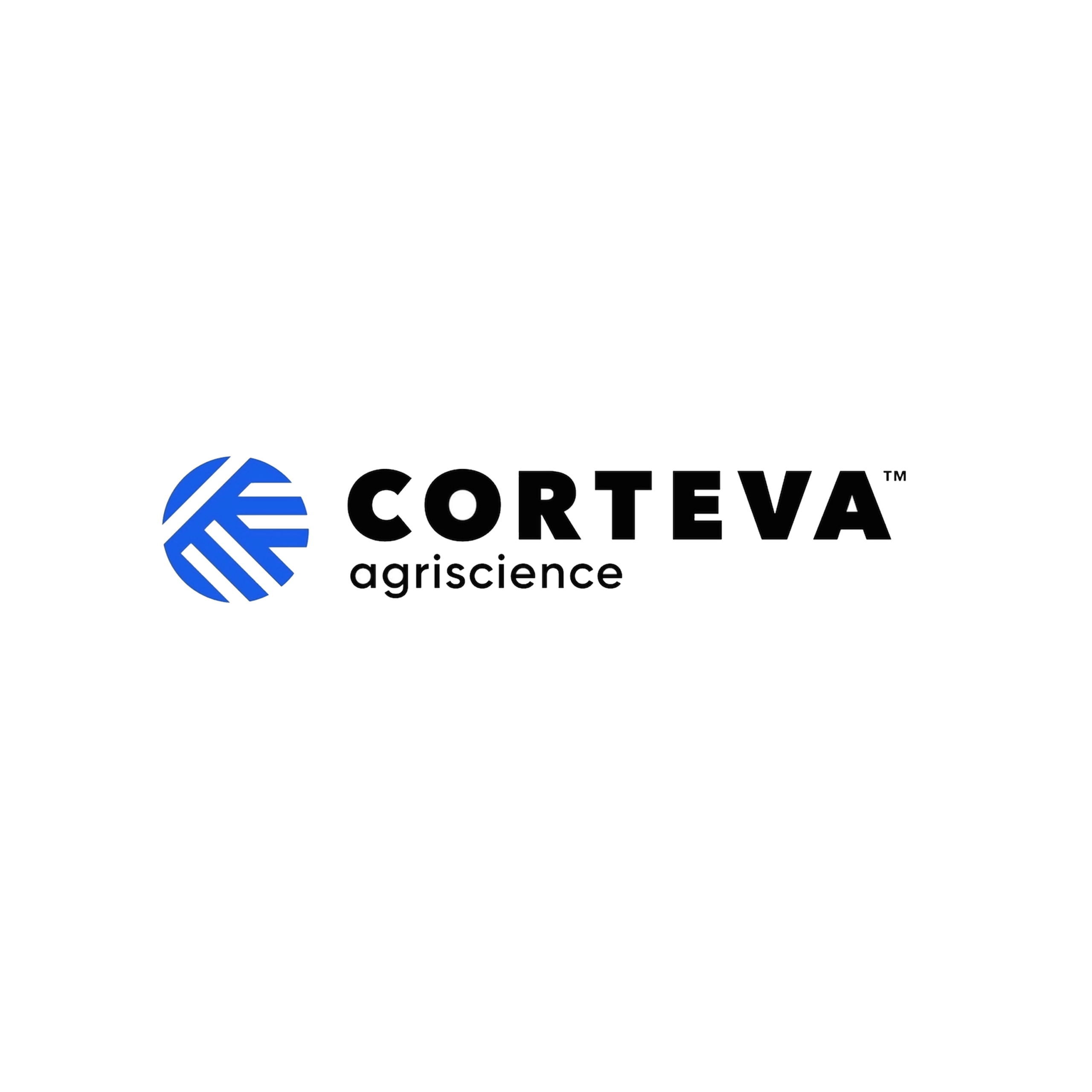


Our Expert Team
Welcome to Abacus Family

AAMIR RASHEED

NAMAN ZAFAR

QAISER SHAHZAD MUGHAL

NAJEEB UL HASSAN

FAIZAN SARWAR

IRFAN SHABBIR
Management

HAMOOD UR REHMAN

FOUZIA MALIK
CPR/AED, Heart Savor
Customer Reviews














Related Courses
OTHM Level 6 (UK)
Level 6 Qualification
After completing the diploma you are eligible to apply for the Grad IOSH membership.
- 04 Months Training
- 220 Credit Hours
IOSH Managing Safely (UK)
Level 2 Qualification
A practical programme, full of step-by-step guidance with a sharp business focus.
- 04 Days Training
- 22 Credit Hours
Global OSHA 30 Hours (USA)
30 Credit Hours Qualification
Comprehensive safety program designed for anyone involved in the construction industry.
- 04 Days Training
- 30 Credit Hours
OTHM Level 6 (UK)
Level 6 Qualification
After completing the diploma you are eligible to apply for the Grad IOSH membership.
- 04 Months Training
- 220 Credit Hours
IOSH Managing Safely (UK)
Level 2 Qualification
A practical programme, full of step-by-step guidance with a sharp business focus.
- 04 Days Training
- 22 Credit Hours
Global OSHA 30 Hours (USA)
30 Credit Hours Qualification
Comprehensive safety program designed for anyone involved in the construction industry.
- 04 Days Training
- 30 Credit Hours
OTHM Level 6 (UK)
Level 6 Qualification
After completing the diploma you are eligible to apply for the Grad IOSH membership.
- 04 Months Training
- 220 Credit Hours
IOSH Managing Safely (UK)
Level 2 Qualification
A practical programme, full of step-by-step guidance with a sharp business focus.
- 04 Days Training
- 22 Credit Hours
Global OSHA 30 Hours (USA)
30 Credit Hours Qualification
Comprehensive safety program designed for anyone involved in the construction industry.
- 04 Days Training
- 30 Credit Hours
Recent Posts
A safety officer is a professional responsible for ensuring workplace safety, preventing accidents, and promoting health standards. From conducting safety audits to …
The oil and gas industry are important for meeting global energy needs, but it is also one of the most dangerous industries. …
Working in confined spaces is risky and requires taking specific precautions to ensure the safety of everyone involved. Whether it’s cleaning tanks, …
Severe bleeding can be life threatening if not managed quickly. It may occur due to deep cuts, puncture wounds, or traumatic injuries. …
A burn is an injury to the skin caused by heat, chemicals, electricity, or radiation. The severity of burns varies depending on …
Emergencies can occur anytime, and being prepared with a well-stocked first aid kit can save lives. A comprehensive first aid kit should …
First aid can save lives, but what if the help you provide unintentionally worsens the situation? Knowing how to respond in emergencies …
First aid training involves educating employees on providing immediate care during medical emergencies before professional medical help arrives. The scope of first …
A safety officer is a professional responsible for ensuring workplace safety, preventing accidents, and promoting health standards. From conducting safety audits to …
The oil and gas industry are important for meeting global energy needs, but it is also one of the most dangerous industries. …
Working in confined spaces is risky and requires taking specific precautions to ensure the safety of everyone involved. Whether it’s cleaning tanks, …
Severe bleeding can be life threatening if not managed quickly. It may occur due to deep cuts, puncture wounds, or traumatic injuries. …
A burn is an injury to the skin caused by heat, chemicals, electricity, or radiation. The severity of burns varies depending on …
Emergencies can occur anytime, and being prepared with a well-stocked first aid kit can save lives. A comprehensive first aid kit should …
First aid can save lives, but what if the help you provide unintentionally worsens the situation? Knowing how to respond in emergencies …
First aid training involves educating employees on providing immediate care during medical emergencies before professional medical help arrives. The scope of first …
A safety officer is a professional responsible for ensuring workplace safety, preventing accidents, and promoting health standards. From conducting safety audits to …
The oil and gas industry are important for meeting global energy needs, but it is also one of the most dangerous industries. …
Working in confined spaces is risky and requires taking specific precautions to ensure the safety of everyone involved. Whether it’s cleaning tanks, …



